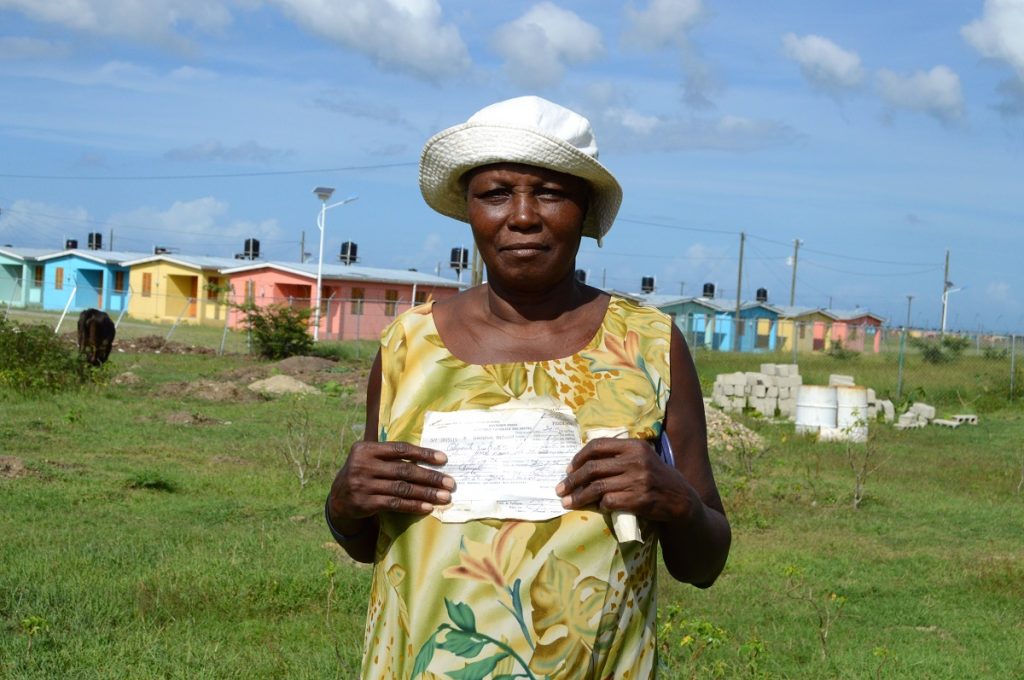Five years ago today, a huge earthquake hit the Haitian capital of Port-au-Prince, shaking the city to the ground. Approximately 316,000 people lost their lives and 1.5 million were left homeless.
In the aftermath of the earthquake, more than $9 billion was pledged by international donors to help Haiti “build back better”. But due to a lack of transparency, it’s hard to know how most of US aid to Haiti was spent.
Last month, I visited Haiti to take a look at the US Government’s flagship post-earthquake project – the Caracol Industrial Park. In a statement released ahead of the Haiti earthquake anniversary, US Secretary of State, John Kerry, championed the park as one of the places where US aid money had helped produce much-needed jobs for Haitians in the aftermath of the earthquake.
At least a quarter of US emergency and relief funding, distributed by USAID, was used towards the construction of the park. But many of the people of Caracol don’t think that this has been a good use of US taxpayers’ money.
Forced off their land
More than 1,000 people lost their land when construction of the US-backed Caracol Industrial Park began. In January 2011, representatives from the Government of Haiti arrived near the village of Caracol with trucks and bulldozers. Farmers were given little time to react or organize before the crops they were cultivating were dug up and replaced with concrete.
Marie Marthe Rocksaint was one of the farmers I met who had lost her land when construction of the park started. She told me:
“I’d farmed my land for 22 years, but was made to leave without any compensation.”
The farmers were given only a few days’ notice. Eight months later, they received some compensation – an amount that Marie Marthe and other affected farmers say is wholly inadequate.
“There were no negotiations, we were told to accept the compensation that they were going to give us. We thought the park was going to benefit us. First they promised us land, then housing, then all we got was a small amount of compensation.”
Building Back Better?
The slogan used for the US Government’s Haiti response program was ‘building back better’ but its flagship project is proving to be an expensive mistake.
The US State Department’s own projections said that 65,000 jobs would be provided at the park, but 5 years after the earthquake, the park is only employing 4,500 people – most earning the minimum wage of US$5 a day. Far less than what’s needed to feed a family and meet their other daily needs.
With Haiti on the brink of another food crisis, the decision to turn some of the country’s most productive farmland into an industrial park seems a bad one.
That’s why ActionAid supporters are signing a petition to the US Government’s Haiti Special Coordinator, Thomas Adams, calling for all US-supported projects to protect the legitimate land rights of Haitians and for all of the families displaced by the Caracol Industrial Park to be properly compensated, as soon as possible.

